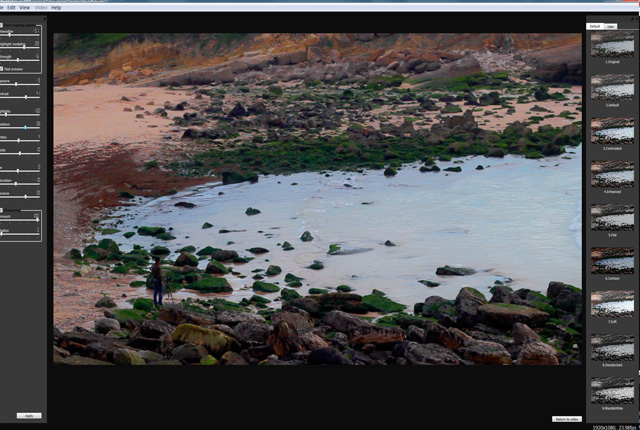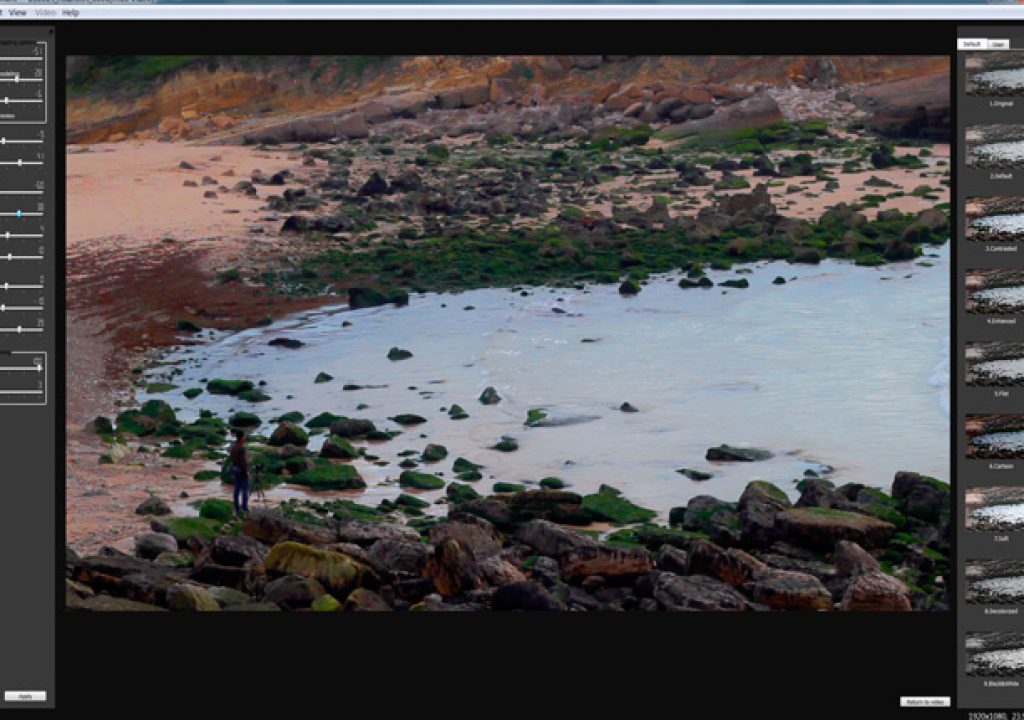
HDRinstant is a brand new program that allows you to choose your favourite moment from your video and, using the neighbouring frames, create an HDR image or an improved still. Pro Video Coalition mentioned the program before, but finally had a chance to try it, so this article is about that experience. First, though, let's explain some of the technology behind the “lucky” photos.
I do call it “lucky” because, in fact, HDRinstant uses a technique called lucky imaging. Lucky imaging (also called lucky exposures) is one solution used in astronomical photography to register images. It is based on speckle imaging (called video astronomy by some), a range of techniques also based on different methods, including image stacking. In astronomical photography speckle imaging uses a high-speed camera with short exposure times, in order to have minimal changes on each image. Those sequences of images (akin to video…) are then stacked to get a final image. That's something photographers learn, amongst other techniques, when they try their hand at astronomical photography.
The original video sequence is shown above. Compare with the resulting image on top of the article
Lucky imaging is not a new idea. The first references date back to 1966, with R. Hufnagel, responsible for the first numerical calculations of the probability of obtaining “lucky exposures”, although the name was coined by David L. Fried in 1978. The technique was in use since the 1950's by the amateur astronomy community.
Through lucky imaging the best exposures from the a sequence are combined to get the best result possible. HDRinstant uses the same logic and other techniques that allow to use a sequence of video (nothing more that static images grouped together…) to create one HDR image. The process is somehow different from the conventional HDR technique used in photography, but it does yield results.
The presets on the right side allow for a faster selection of final results. You can also tweak adjustments on the left panel, and create your own presets
The software firstly applies a morphing algorithm which removes motion blur and ghosting. It then stacks the images selected from your video in order to improve the signal to noise ratio. The user then chooses their preferred tone-mapping parameters allowing beautiful colors and stunning detail to be displayed. The software works particularly well when you have a scene with difficult light conditions such as a sunset. Although it is presented as a solution for video, HDRinstant also works with a set of burst images, so if you're into HDR, this may be a software to have installed in your computer.
The interface is easy to understand, following the logical presentation of many other desktop editing programs available today. You've the essential commands on the left panel and a presentation of presets available on the right. Your video timeline appears at the bottom of the screen. Once you select a video, you can choose a single image or a series of them to use as the basis for your HDR photo. Remember, though, that selecting many will ask your computer for a lot of processing power… and for some extra patience from you. Get a cup of coffee, sit back and wait.
This is an interesting tool if you want to create photos from your videos, but do remember that the final image resolution is always limited by the size of the original, which will be 1920×1080 if you're using video and FullHD. It is also important to remember that while conventional HDR techniques in photography rely on photographs taken at different exposures, to extend the dynamic range, in a video sequence you may not have such a range of exposures, meaning it will be impossible to get a similar result. Do not expect miracles from HDRInstant. But with some “luck” you might get results.
HDRinstant is a stand alone program or a plug-in for Windows and Mac versions of Adobe Lightroom 4.0 or higher. To know more about the program read the previous article, Transform Your Videos Into HDR Images For more information visit hdrinstant.com/.

